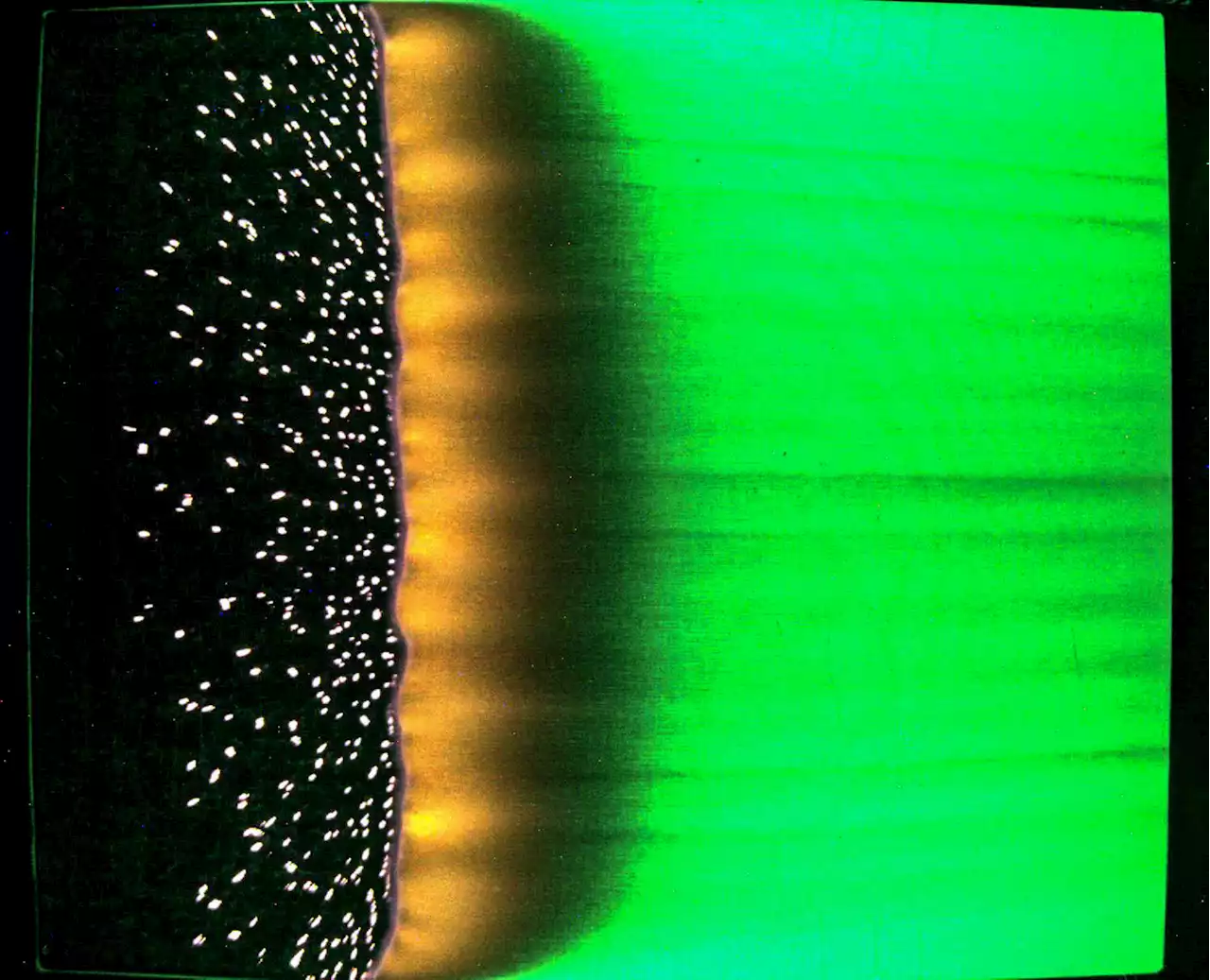When a storm's charging zone sits close to the Earth's surface, the resulting “superbolts” can be 1,000 times stronger than regular lightning. Superbolts are more likely to strike the closer a storm cloud’s electrical charging zone is to the land or ocean’s surface, a new study finds. These condi
Research reveals that superbolts, extremely powerful lightning strikes, are more likely when storm clouds’ charging zones are near land or water surfaces. This finding sheds light on why certain regions experience more superbolts and could help anticipate climate change effects on these phenomena.
Superbolts make up less than 1% of total lightning, but when they do strike, they pack a powerful punch. While the average lightning strike contains around, superbolts are 1,000 times stronger and can cause major damage to infrastructure and ships, the authors say. Global distribution of all superbolts from 2010-2018, with red points indicating the strongest lightning strokes. The three regions in polygons have the highest concentration of super-charged lightning making them superbolt hotspots. Superbolt strikes tend to cluster in regoins where storms’ electrical charging zones are closest to the Earth’s surface, according to a new study in the Journal of Geophysical Research: Atmospheres. Credit: Efraim et al , adapted from Holzworth et al.
The three regions that experience the most superbolts — the Northeast Atlantic Ocean, the Mediterranean Sea, and the Altiplano — all have one thing in common: short gaps between lightning charging zones and surfaces.
日本 最新ニュース, 日本 見出し
Similar News:他のニュース ソースから収集した、これに似たニュース記事を読むこともできます。
 1000x More Precise: Breakthrough for Next Generation Atomic ClocksX-ray laser shows a possible route to substantially increased precision time measurement. An international research team has taken a decisive step toward a new generation of atomic clocks. At the European XFEL X-ray laser, the researchers have created a much more precise pulse generator based on
1000x More Precise: Breakthrough for Next Generation Atomic ClocksX-ray laser shows a possible route to substantially increased precision time measurement. An international research team has taken a decisive step toward a new generation of atomic clocks. At the European XFEL X-ray laser, the researchers have created a much more precise pulse generator based on
続きを読む »
 Sci-fi books are rare in school even though they help kids better understand scienceScience fiction can lead people to be more cautious about the potential consequences of innovations. It can help people think critically about the ethics of science. Researchers have also found that sci-fi serves as a positive influence on how people view science. Science fiction scholar Istvan Csicsery-Ronay calls this 'science-fictional habits of mind.'
Sci-fi books are rare in school even though they help kids better understand scienceScience fiction can lead people to be more cautious about the potential consequences of innovations. It can help people think critically about the ethics of science. Researchers have also found that sci-fi serves as a positive influence on how people view science. Science fiction scholar Istvan Csicsery-Ronay calls this 'science-fictional habits of mind.'
続きを読む »
 Science in Space: Week of Sept. 29, 2023 - Fire Safety in SpaceCrew members aboard the International Space Station conducted a variety of scientific investigations during the week ending Sept. 29, 2023, including FLARE.
Science in Space: Week of Sept. 29, 2023 - Fire Safety in SpaceCrew members aboard the International Space Station conducted a variety of scientific investigations during the week ending Sept. 29, 2023, including FLARE.
続きを読む »
 What the Nobel Prizes get wrong about scienceSome of the most brilliant minds in science will be catapulted from academic obscurity next week when the Nobel Prizes in physics, chemistry, and medicine or physiology are announced. But the prizes also draw their share of flak.
What the Nobel Prizes get wrong about scienceSome of the most brilliant minds in science will be catapulted from academic obscurity next week when the Nobel Prizes in physics, chemistry, and medicine or physiology are announced. But the prizes also draw their share of flak.
続きを読む »
The science of how sound gets carried around SF during outdoor concertsThis weekend, SF welcomes the second iteration of the two-day Portola Music Festival at...
続きを読む »
